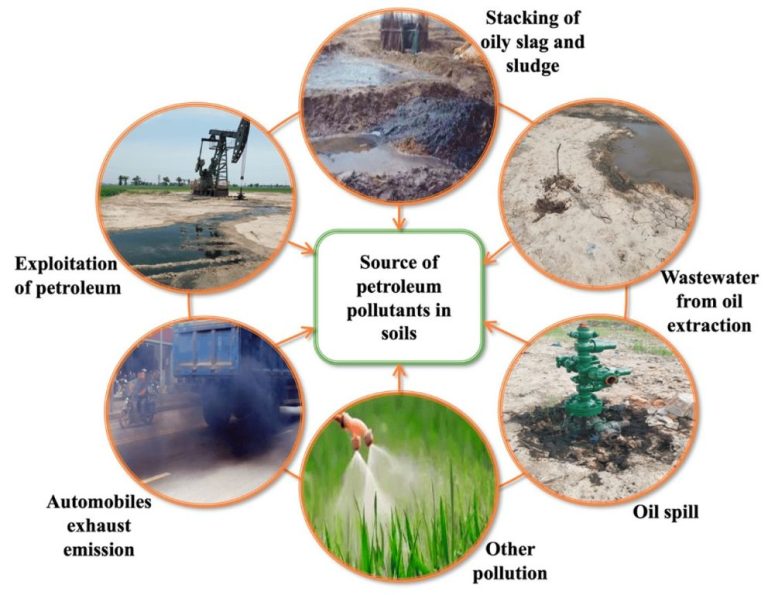How Many Years Does A Clay Tile Roof Last?
A clay tile roof refers to a roofing system where the roof covering is made from clay tiles. Clay tile roofs have been used for centuries across the world as an attractive and durable roofing material. Unlike other common roofing materials like asphalt shingles, clay tiles are made from natural clay that is molded and fired in a kiln.
There are several benefits to using clay tile as a roofing material. Clay tile roofs are very durable and long-lasting. Properly installed clay tile roofs can last 100 years or more before needing replacement, making them a wise long-term investment (“6 Benefits of Clay Tile Roofing,” 2022). Clay is naturally fire and insect resistant, so clay tile roofs provide excellent protection. The thick clay tiles also provide good insulation and soundproofing. And finally, clay tiles come in a wide array of shapes, colors, and styles, allowing for beautiful and personalized roof designs (“Clay Tile Roofs: Pros, Cons, And Types,” 2022).
Average Lifespan
The typical lifespan range of a clay tile roof is from 60 to 100 years, according to the Tile Roofing Institute (source). This is significantly longer than most other roofing materials like asphalt shingles, which last around 15-25 years on average. With proper installation and routine maintenance, a clay tile roof can potentially last well over 100 years. For example, some original clay tile roofs in Europe are still functional after several centuries.
Factors Affecting Longevity
One of the biggest factors affecting the lifespan of a clay tile roof is the local climate and weather. In areas with more extreme weather, such as high winds, hail, heavy snow, or wide temperature fluctuations, a tile roof may degrade faster than in more moderate climates. According to the Tile Roofing Institute (https://tileroofing.org/why-tile/durability-longevity/), tile can withstand the heavy rains and dry conditions found in places like Florida due to the material’s low moisture absorption rate.
In particular, clay and concrete tiles are highly resistant to rain and moisture. While other roofing materials like asphalt shingles become brittle and deteriorate faster in wet climates, tiles do not absorb much water and maintain their integrity. The Tile Roofing Institute cites the tile roof’s rain resistance as a key factor in its longevity.
However, climate factors like large hail, high winds, and freeze-thaw cycles can damage tiles over time. Proper installation methods like using battens, durable underlayment, and flexible flashing help tiles endure extreme weather events. Regular inspections and maintenance, like re-sealing joints or replacing cracked/broken tiles, also preserve the roof despite climate challenges.
Installation Quality
Proper installation is crucial for the durability and longevity of a clay tile roof. According to Architectural Digest, “A properly installed clay tile roof may last more than 100 years.”
Clay tiles must be installed over a solid roof deck and a waterproof underlayment. The tiles are hung on the roof using nails, screws, wire, or adhesives. Proper nailing, placement, and spacing of the tiles is essential to prevent issues like cracked or loose tiles in the future. Boyce’s Roofing notes that “If the tiles are not installed correctly, problems can occur down the road.”
Hiring an experienced roofer who specializes in clay tile installation is highly recommended. An expert roofer will ensure the tiles are properly secured and oriented with the correct amount of overlap for optimal weather protection. As Golden Spike Roofing states, “When installed correctly, clay tiles interlock tightly and securely to resist rain, wind, and other weather events.” This greatly extends the lifespan of the roof.
Maintenance
Proper maintenance is crucial for maximizing the lifespan of a clay tile roof. The tiles themselves are very durable, but they depend on the integrity of the underlying roof structure and fastening system. Regular inspections, repairs, and preventative maintenance are recommended every 2-3 years for clay tile roofs (1). This helps spot issues early before they can cause leaks or tile damage. Some of the key maintenance tasks include:
- Inspecting for damaged, cracked or missing tiles and replacing them.
- Checking that tiles are securely fastened and re-securing any loose tiles.
- Clearing debris like leaves and branches from the roof and gutters.
- Re-sealing any joints or openings.
- Moss removal if moisture accumulates on the roof.
Tile roofs that are not properly maintained can have a shortened lifespan. Significant leaks, structural issues, or extensive damage left unaddressed can mean a roof lasting only 30-50 years instead of 100+ years for a well-cared for tile roof (2). Investing in regular upkeep protects your investment and helps the roof fulfill its maximum lifespan.
(1) https://www.reroofingflorida.com/blog/what-is-the-lifespan-of-a-terracotta-roof/
(2) http://tileroofing.org/wp-content/uploads/2014/02/Facts_of_Tile_Final_Low_Res.pdf
Roof Pitch
The pitch or slope of a tile roof has a significant impact on its longevity. Steeper pitched roofs tend to last longer than low-pitched roofs for several reasons:
On a steep roof, tiles have less exposure to standing water and debris accumulation. Water and debris can more easily run off a steep slope rather than pooling on the tiles. Standing water can seep under tiles, cause leaks and rot, and allow moss accumulation.
Steep roofs also experience greater air circulation along the underside of the tiles. This ventilation helps prevent condensation buildup and moisture damage.
Most tile manufacturers recommend a minimum roof slope of 4:12 (vertical rise to horizontal run) for clay tiles and 5:12 for concrete tiles, but steeper pitches of 6:12 or greater are ideal. At these slopes, tiles have good overlap and water shedding.
On low-slope roofs below 4:12, tiles may not overlap properly. This can allow water intrusion and compromise the weather-tightness of the roof. Special low-profile tile designs and additional underlayment may be required on shallow pitches.
In general, clay and concrete tile roofs with a steep slope above 6:12 have a lifespan of 70-100+ years. On lower pitches around 4:12, the lifespan is reduced to 50-60 years. Proper installation is also critical for longevity on low slopes.
Roof Frame
The roof framing must be built to withstand the significant weight of clay tiles, which can weigh up to 1,200 pounds per square (source). Sturdy framing is crucial to support the load and allow the roof to last its full lifespan. Traditional roof framing with rafters and purlins may need to be reinforced with additional lumber. Trusses and other engineered framing systems must be designed specifically for heavy clay tile. Insufficient framing will lead to sagging, cracks, and premature tile breakage or loss.
All connections in the framing should be well secured with hurricane ties and metal connectors. The framing members themselves should be no less than 2×6 lumber; some installers recommend 2×8 or larger. The exact specifications depend on the roof’s slope, span, and local building codes. The framing must form a rigid base onto which the roof tiles can be installed. Flexing or movement will quickly cause damage. With proper heavy duty framing designed for the clay tile weight, the roof system can last for decades.
Tile Quality
The quality and durability of the tiles used have a significant impact on the lifespan of a clay tile roof. High quality clay tiles that are properly fired, free of defects, and meet industry standards such as those set by the Tile Council of North America (TCNA) will last much longer than poor quality or substandard tiles.[1] High firing temperatures between 2000-2200°F produce durable clay tiles that are resistant to weathering and deterioration over time. Low quality tiles fired at lower temperatures are more porous and prone to breaking down when exposed to the elements. Choosing top grade, high quality clay tiles certified by the TCNA can extend the lifespan of a roof by decades compared to using inferior quality tiles.
Cost Comparison
When considering the lifespan of clay tile roofs, which can last up to 100 years, the long term cost often makes them a more effective choice than asphalt shingles, which typically need replacing every 15-25 years. Though the upfront cost of clay tiles is higher, with installed costs averaging between $10-25 per square foot compared to $3-5 per square foot for asphalt shingles, this cost difference is offset over the lifetime of the roof.
One source estimates that over a 50 year period, the total cost of ownership for a clay tile roof is approximately $13.50 per square foot, while for an asphalt shingle roof it is $16.80 per square foot, making clay tiles more cost effective in the long run. This is because while clay tile roofs require a higher upfront investment, their extreme durability avoids the repetitive tear-off and re-roofing costs of shorter-lived asphalt shingles every couple decades.
Ultimately, for homeowners planning to stay long-term, clay tile’s longevity provides better value despite higher initial pricing. As this source summarizes, “clay tile roofs cost more upfront but require far fewer repairs and replacements.” Their decades-long lifespan makes the investment worthwhile compared to the repetitive costs of asphalt shingle replacement every 10-25 years.
Conclusion
In summary, the lifespan of a clay tile roof can vary greatly depending on several factors. Properly installed high quality clay tiles on a roof with an optimal pitch can last 80-100 years or longer with proper maintenance. Regular inspections, clearing of debris, and re-sealing as needed will extend the roof’s longevity. Lower quality tiles that are poorly installed on a flat or unsuitable roof frame may need replacing in as little as 20-30 years. Overall, clay tile roofs tend to be very durable and longer-lasting than other roofing materials like asphalt shingles, despite their higher upfront cost. With proper installation and care, a clay tile roof can provide beautiful, watertight protection to a home for generations.




